Exploring the Crucial Role of A Drilling Course in the Oil and Gas Industry
Drilling operations must be efficient and safe in the volatile and complex world of the oil and gas industry. As technology advances, there is a greater need for skilled professionals who can navigate the complexities of drilling processes. A drilling course is critical in providing individuals with the knowledge and skills needed to excel in this difficult field.
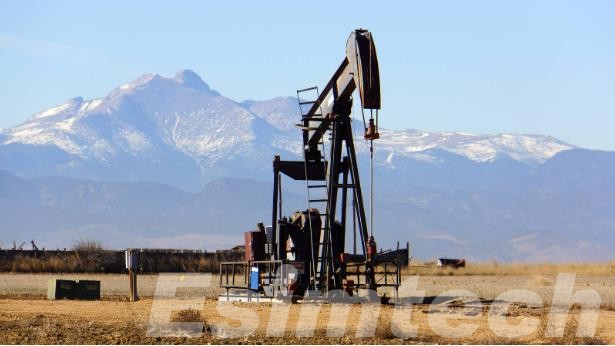
Understanding the Basics of A Drilling Course
A drilling course will typically cover a wide range of topics, beginning with the fundamentals of drilling operations. Participants discover geological formations, wellbore design, and the various types of drilling rigs. This fundamental understanding serves as the foundation for more advanced concepts and practical applications.
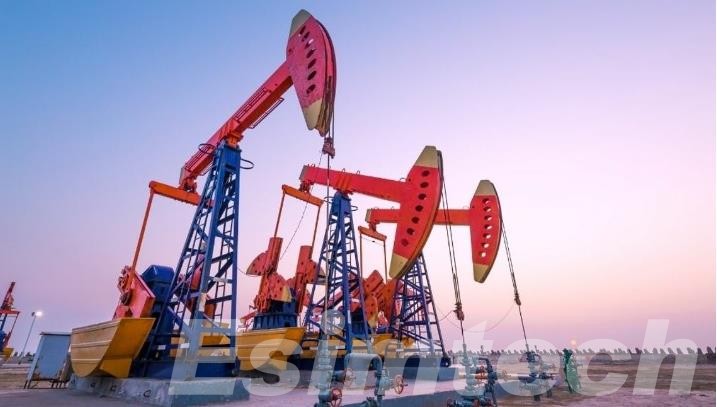
Key Points of A Drilling Course
Safety First
One of the most important aspects of a drilling course is safety. The oil and gas industry is inherently dangerous, and drilling activities can endanger both personnel and the environment. A thorough drilling course focuses on safety protocols, emergency procedures, and risk mitigation strategies. Participants gain an understanding of the significance of adhering to industry regulations and standards in order to maintain a safe working environment.
Technology Integration
A drilling course keeps participants up to date on the latest tools and equipment used in drilling operations as the industry embraces technological advancements. Participants learn how to use cutting-edge tools to improve efficiency, cut costs, and reduce environmental impact, from automated drilling systems to real-time monitoring technologies.
Problem Solving and Decision-Making
Drilling operations frequently face unexpected challenges that necessitate quick thinking and problem-solving skills. A drilling course hones participants’ abilities to analyze complex situations, make informed decisions, and implement effective solutions. This aspect of the training is invaluable in preparing professionals for the fast-paced and ever-evolving nature of the industry.
Environmental Considerations
Environmental stewardship is becoming increasingly important in the oil and gas industry. A drilling course includes modules on minimizing environmental impact, sustainable practices, and regulatory compliance. Participants learn about best practices in waste management, water usage, and natural resource extraction.
Hands-on Experience
While theoretical knowledge is important, practical experience is just as important in the drilling industry. To provide participants with real-world experience, many drilling courses incorporate hands-on training exercises, simulation programs, and fieldwork. This practical component allows individuals to apply theoretical concepts in a controlled environment, preparing them for field challenges.
Career Advancement
Completing a drilling course not only improves a person’s knowledge and skills, but it also opens up new career opportunities. Employers in the oil and gas industry often value candidates with specialized training, making drilling courses a valuable asset for career advancement.
Key Aspects of Simulation Technology Used in a Drilling Course
Modern drilling courses now include simulation technology, which provides participants with a realistic and immersive learning experience that bridges the gap between theory and practical application. Simulation technology plays a critical role in training future professionals in the oil and gas industry by replicating complex drilling scenarios in a controlled environment.
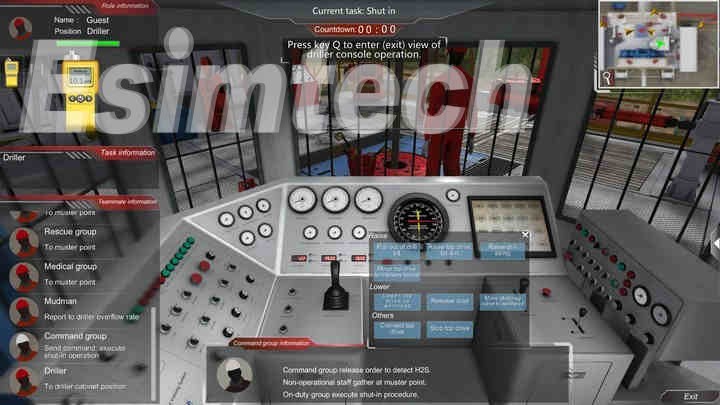
1. Virtual Drilling Environments
Software-Based Simulations: Drilling courses frequently make use of sophisticated software that simulates the entire drilling process in a virtual setting. Participants can practice decision-making, problem-solving, and operational procedures using drilling simulation system which can simulate drilling scenarios without the inherent risks of real-world drilling operations.
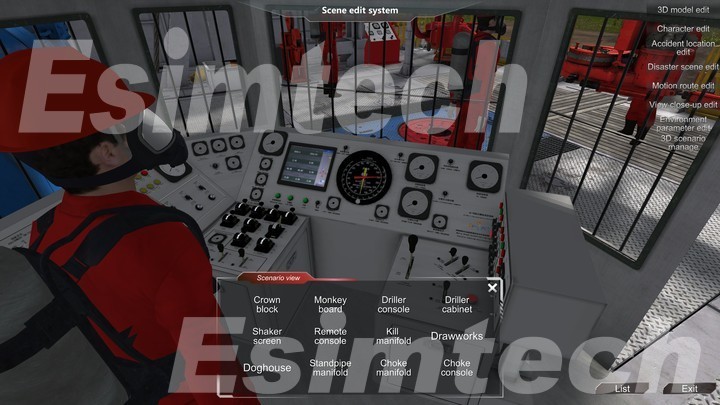
Realistic Wellbore Models: Wellbore models with realistic geological formations, downhole conditions, and other variables can be created using simulation technology. This allows participants to interact with and respond to the challenges they might encounter during actual drilling.
2. Drilling Rig Simulators
Hardware Integration: Some drilling courses incorporate physical drilling rig simulators that mimic the look, feel, and functionality of real drilling equipment. These simulators include control panels, joysticks, and other interfaces that participants use to operate the virtual drilling rig.
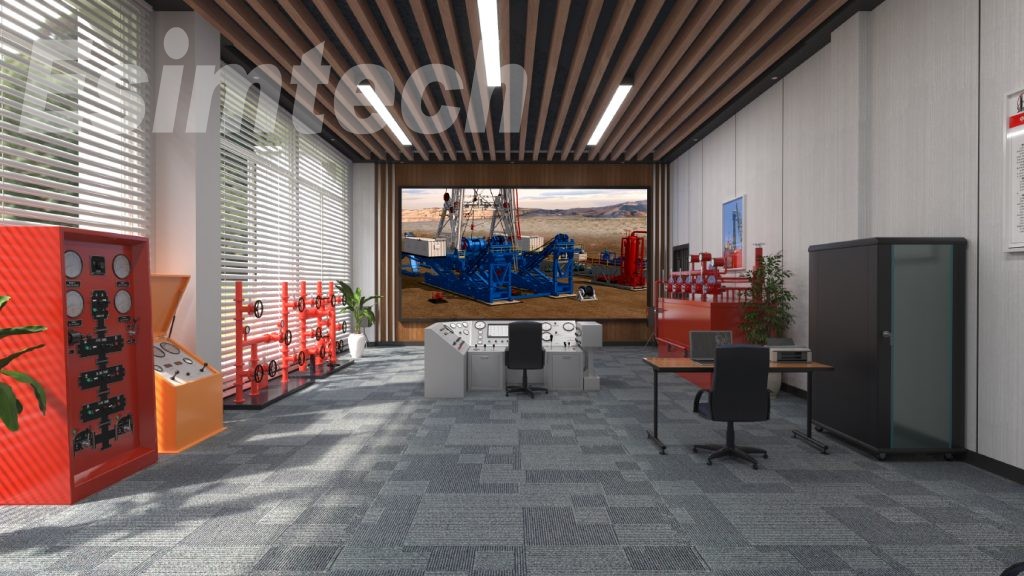
Real-Time Feedback: Participants receive real-time feedback on their actions, allowing them to understand the immediate consequences of their decisions. This feedback loop is crucial for developing hands-on skills and reinforcing best practices.
3. Emergency Response Training
Scenario-Based Simulations: Simulation technology is employed to create emergency scenarios, such as blowouts or equipment failures, where participants must apply their knowledge and skills to manage and mitigate the situation. This type of training enhances participants’ ability to respond effectively to unexpected challenges in a high-stakes environment.
Evacuation Drills: Virtual emergency simulations can also be used to conduct evacuation drills, helping participants practice emergency evacuation procedures in a safe and controlled setting.
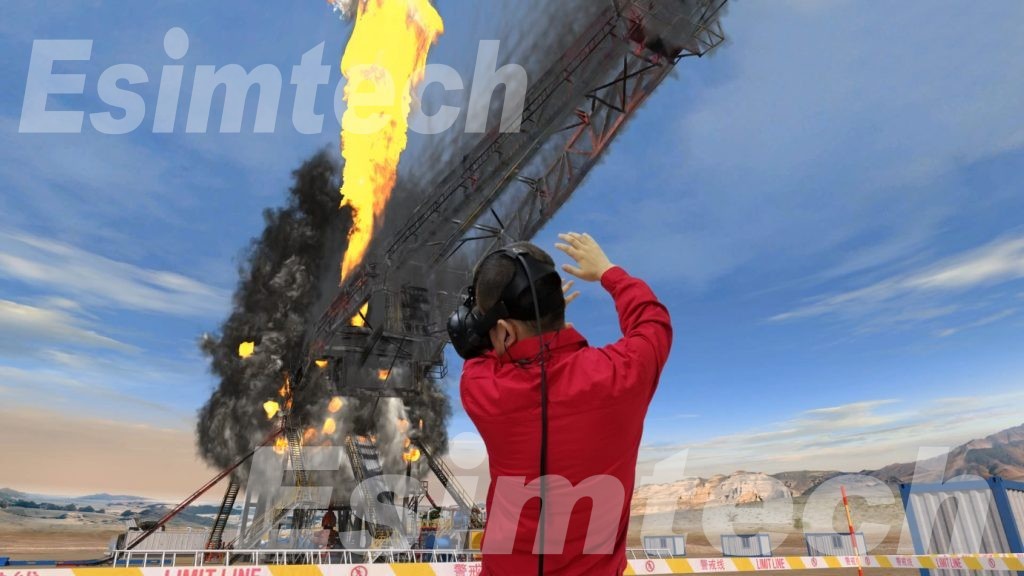
4. Team Collaboration
Multi-User Simulations: Some drilling courses leverage simulation technology to facilitate collaborative learning experiences. Participants can engage in multi-user simulations, where they work together to solve problems and make decisions as a team. This mirrors the collaborative nature of real drilling operations.
5. Data Analysis and Visualization
Post-Scenario Debriefing: After completing a simulation, participants can review and analyze their performance through post-scenario debriefing sessions. This includes examining data, identifying areas for improvement, and understanding the consequences of their decisions on the drilling process.
Visualization Tools: Simulation technology often includes advanced data visualization tools that help participants understand complex drilling data, trends, and patterns. This enhances their ability to interpret real-time data during actual drilling operations.
6. Adaptive Learning
Personalized Training Modules: Simulation technology allows for adaptive learning experiences, where participants can focus on specific aspects of drilling operations that align with their learning needs. This personalized approach enhances the efficiency of the training process.
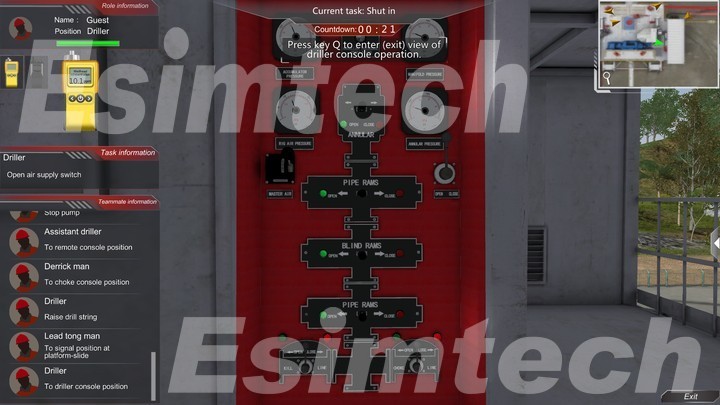
Conclusion
A drilling course is a must-have for anyone looking to launch a successful career in the oil and gas industry. These courses are critical in developing skilled and responsible professionals who can contribute to the industry’s long-term growth.
Incorporating simulation technology into drilling courses not only improves the educational experience, but it also helps to develop highly skilled and well-prepared professionals in the oil and gas industry. The hands-on, risk-free nature of oil and gas simulations is a valuable supplement to traditional classroom instruction, ensuring that participants are well-equipped to handle the complexities of real-world drilling scenarios.
